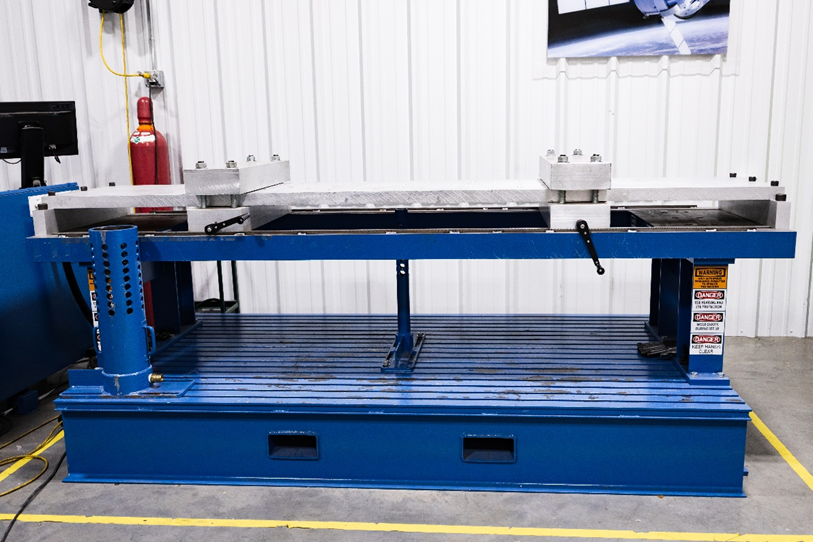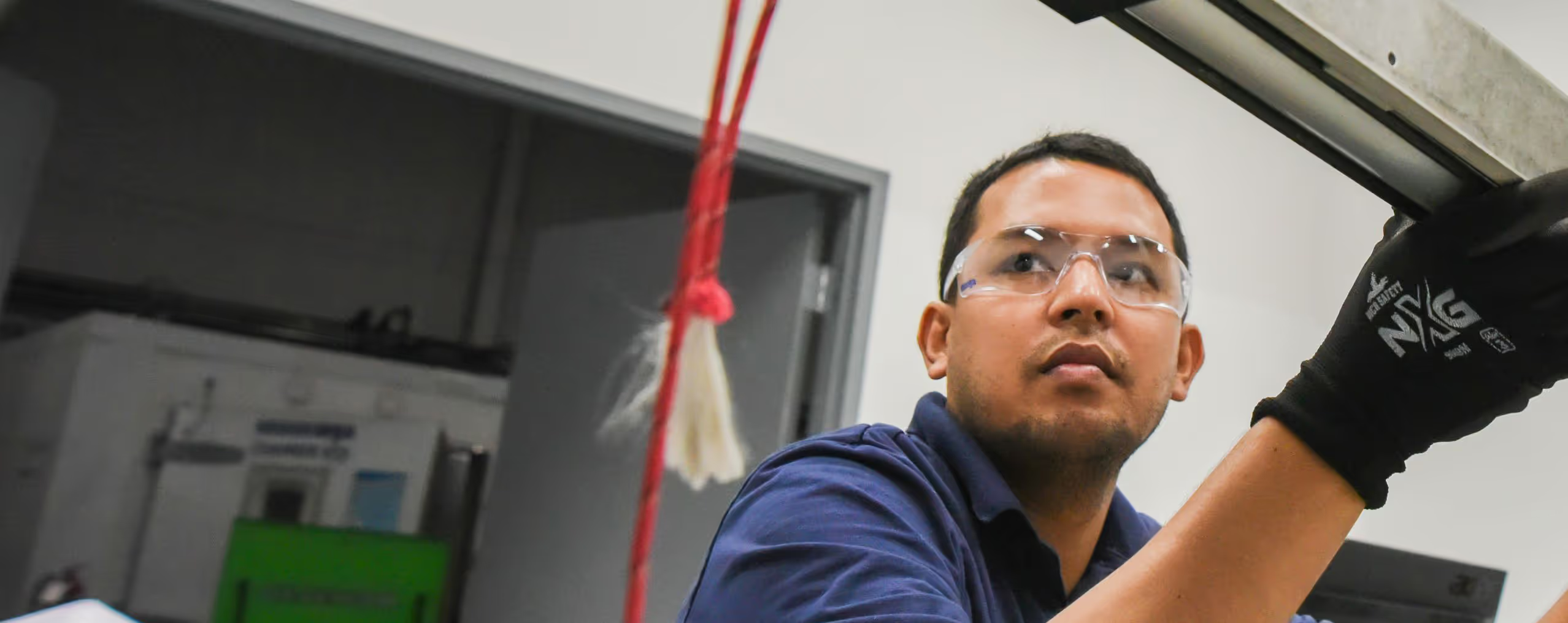MGA Space Series Part 3: Supporting the Canadian Space Industry
Oct 24, 2025

Canada has long been a respected leader in the global space remote sensing industry, with a rich history in satellite technology, robotics, and remote sensing—most notably represented by the Canadarm, a vital robotic arm on the International Space Station (ISS) used by astronauts around the world. Today, the sector is gaining renewed strategic importance, not only for its economic potential but also for its role in national security, climate monitoring, and increasing global competitiveness.
As the global space sector continues to grow, Canada is steadily building momentum as a rising space economy. Canada’s network of contractors, suppliers, and other organizations are gaining support from the federal government through targeted programs that encourage innovation and commercialization. This renewed collaboration signals a shared commitment to revitalizing the sector and investing in capabilities that will ensure Canada’s continued relevance in the global space ecosystem.
The reopening of the David Florida Laboratory (DFL), a national facility for spacecraft assembly, integration, and testing, is a clear indication of the industry’s demand for testing laboratories, which are essential during the development process. MGA is building on this momentum by expanding capabilities at its Mississauga, ON facility, with the primary goal of supporting the Canadian space industry.

MGA’s Strategic Investment in Pyroshock Testing
MGA Research has recently introduced pyroshock testing at its Mississauga facility with the installation of MGA’s Mobile Pyroshock Test System. This advanced capability enables the simulation of a pyrotechnic event within a safe, consistent, and efficient manner. With over a decade of experience conducting pyroshock testing at its locations in the US, and extensive feedback obtained from dozens of equipment sales to date, MGA brings proven expertise and technical knowledge to its Canadian facility. The addition of this pyroshock equipment expands the industry’s access to testing services, but also reflects MGA’s goal to introduce new testing services based on the demand of the space industry in local markets.
MGA’s Mobile Pyroshock Test System Features
- Maximum Test Article Mass: 50+ lbs
- Maximum Time History Acceleration: 100,000+ G’s
- Maximum SRS Magnitude: 30,000+ G’s
- System Dimensions: 97” x 24” x 52” (LxWxH)
- Variable Knee Frequency: 400 Hz - 3,000 Hz
- Tunable SRS Profiles
Pyroshock testing is vital for ensuring launch survivability and spacecraft integrity. This testing simulates the intense, high-frequency shock waves produced by pyrotechnic events such as rocket stage separations or launch sequences. Many sensitive electronics, life support systems, and structural components are subjected to these forces and can potentially lead to failures that compromise entire missions. By performing pyroshock testing, companies are able to identify vulnerabilities, improve system performance, and confirm compliance with industry or international standards, ultimately contributing to mission success.
Supporting Canada’s Space Ecosystem
MGA’s Mississauga expanded capabilities provide a solution for faster, more cost-effective product development for Canadian space companies. Historically, the Canadian space industry has utilized international resources, specifically in the United States, for completing development-related tasks such as testing. With the export of space components across borders becoming increasingly challenging, the industry has expressed a renewed focus on identifying key suppliers and partners nationally. By offering services critical for mission success, such as pyroshock testing, MGA helps reduce lead times, lower costs, and promote the expansion of the global space industry within the Canadian market.
In addition to pyroshock testing, MGA Research’s Mississauga facility offers a comprehensive suite of testing capabilities that further strengthen Canada’s space industry, including environmental, durability, and materials testing. Together, these capabilities enable Canadian space companies to validate and refine their technologies domestically, accelerating innovation while maintaining high standards of safety and performance.
- Environmental Testing - simulates extreme thermal conditions via thermal cycling, humidity, and altitude tests to ensure spacecraft components can withstand the harsh conditions of space. This includes high temperature conditions experienced during a spacecraft’s launch, as well as severe cold conditions present in space and/or on the moon.
- Durability Testing - encompassing vibration, life cycle, and quasi-static methods, these tests evaluate the mechanical resilience and long-term performance of components and assemblies under repeated stresses. Spacecraft components must be relied upon in the most demanding of situations, and these tests provide confidence that they can withstand the intense forces a spacecraft will endure.
- Materials Testing - provides critical insights into the behavior and reliability of advanced composites, metals, and other aerospace-grade materials. From tensile and scratch testing to flammability and solar exposure testing, the evaluation of components on spacecraft begins at the material level.
Looking Ahead
As Canada charts its course in the new space age, MGA’s Mississauga facility is positioned to contribute to ongoing progress. Our team provides equipment, facilities, and technical expertise to support Canadian space companies across various stages of component development.
With strategic investments like the introduction of pyroshock equipment, and a focus on collaboration with individuals throughout the industry, MGA is ready to play a role in advancing Canadian space innovation.


Ready to Get Started?
Let's discuss your testing needs and how MGA can help. Our team is ready to provide the expertise and solutions you're looking for.
